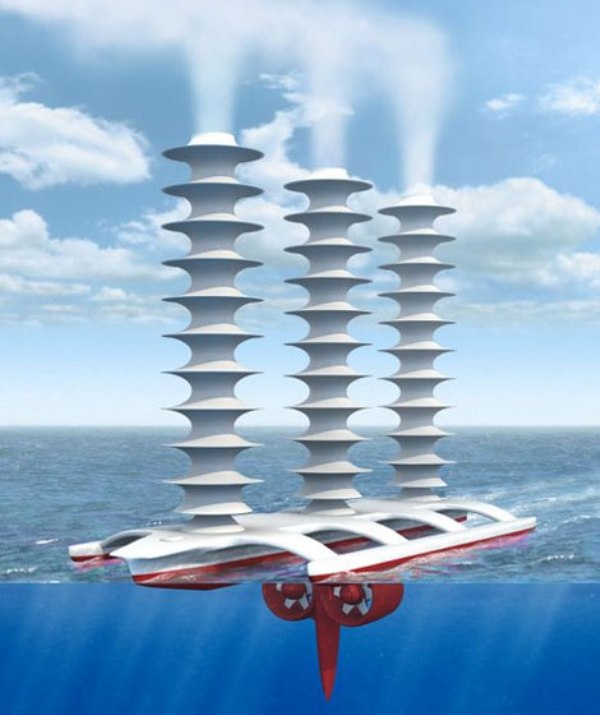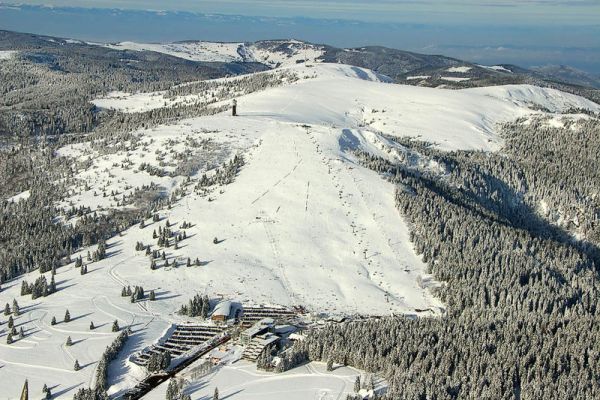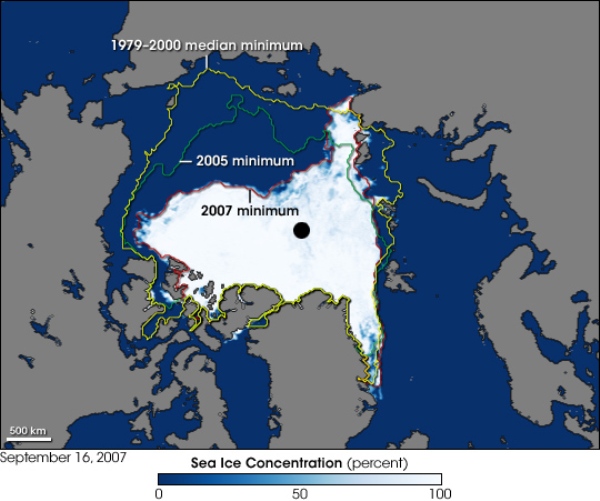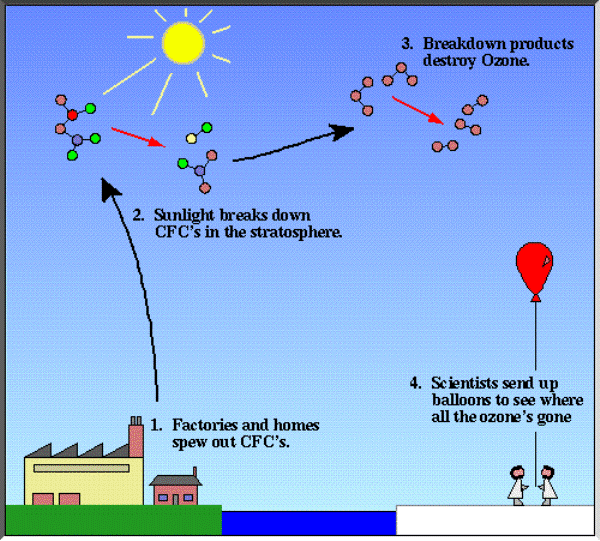
We have come across numerous science fiction works talking about ‘terraforming’ which basically means – transforming some alien planet’s atmosphere like that of our Earth. Well, one can say that geoengineering is the first preceding step of such an advanced process, and it encompasses various propositions and man-made schemes that can tepidly or even radically alter the Earth’s own climate; and it is very real.
The National Academy of Sciences defined geoengineering as:
… options that would involve large-scale engineering of our environment in order to combat or counteract the effects of changes in atmospheric chemistry.
So, by definition, geoengineering is advocated and initiated for human kind’s betterment, like deterring the effects of global warming from greenhouse gas emissions. And it can be logically argued so, albeit with some disadvantages.
The Good:
1. Helps in reducing the effects of global warming:

Related to geoengineering – if not totally imbued in it – the Solar Radiation Management (SRM) projects aims to mitigate the amount and intensity of sunlight hitting the Earth and thus counteract the effects of global warming.
2. Greenhouse gas remediation:
Such projects aspire to remove greenhouse gases from atmosphere directly or indirectly, thus providing solution to the core problem of global warming. The proposals generally deal with carbon capture, storage and even sequestration.
3. Arctic geoengineering:

Such hydrological geoengineering projects aim to change the climate without removing greenhouse gases, or directly influencing solar radiation, but technologically abating the Arctic Sea ice loss. According to experts, the Arctic ice keeps the methane – a greenhouse gas – in permafrost stage. Thus, preserving the ice is paramount in importance.
4. Heat transport:
In this ingenious proposal, vertical ocean pipes would be utilized to mix cooler deep water and warmer surface water. Thus, in effect, it transfers the heat in a cyclic manner. The fundamental feature of this innovative technology has been put forth for mitigation of hurricanes by Bill Gates and others in a recent patent application.
Can these be better?
In every sense yes, as these technologies are expected to be more efficient and streamlined in the near future, so as to cope with the rising adverse effects of global warming.
The Bad:
1. Continued ocean acidification:
Adopting geoengineering as a retaliation to global warming without regulation on carbon emissions would lead to the ocean being more acidic. The excess carbon dioxide is already being absorbed by the ocean, making it more acidic day by day, and the continued process could seriously hamper the ecological balance of our Earth system.
2. Effects on plants and solar energy
SRM projects involving the scattering of stratospheric aerosols may lead to diffused radiation of the sun, leading to enhanced photosynthesis by plants, in effect accentuating their status as carbon sinks. However, on the other hand, direct solar gain would be significantly reduced, as will be the level of solar energy.
3. Side effects on climate:
The usage of reflective balloons may ultimately result in junk that can be harmful to wildlife. Other side effects may indirectly influence changes to hydrological cycle such as droughts and floods.
Can these be avoided?
To some degree yes, if this special branch of advanced science is well regulated and to some degree, even controlled. A clear understanding of our complex climatic system needs to be accomplished first.
The Ugly:

1. Ozone depletion:
Aerosol particles in the stratosphere serve as areas for chemical reactions that have substantial adverse effect on the ozone layer, analogous to the process of creation of Antarctic ozone hole. Moreover, there is increased level of sulfur delivery into the stratosphere.
2. More acid deposition:
Due to enhanced level of sulfuric content in the atmosphere, acid deposition will increase as the material passes through the troposphere—the atmospheric layer closest to Earth’s surface. In 1977, Russian climatologist Mikhail Budyko estimated that the additional acidity caused by sulfate injections would be negligibly even greater than levels that resulted from air pollution!
3. Military use of the technology:
Perhaps, our worst fears would be realized if such an advanced yet manipulative field of science is used for military purposes. Historically, there has been instances when nations have tried to modify climatic conditions to their own strategic advantage. Though the Environmental Modification Convention signed by 85 countries generally prohibits ‘weaponizing’ geoengineering techniques.
Why are so we critical?
Geo-engineering as an instrument of modernistic technology is very real, as are the severe threats posed by its ineffectual handling.
The bottomline:
Clearly, geoengineering provides us with some enormous benefits, fundamentally as a realistic solution to global warming. But then, if not staunchly regulated, it can itself act as an indirect potential threat to our precious environment.




